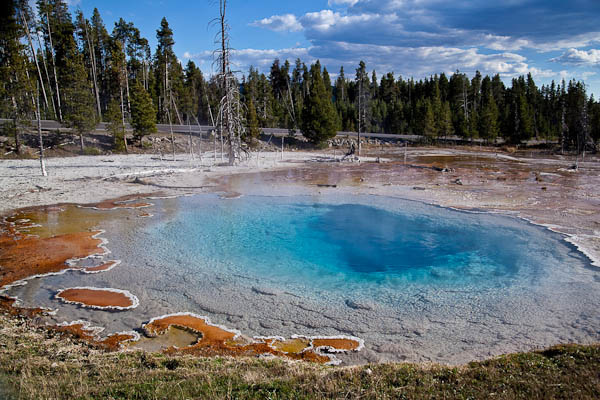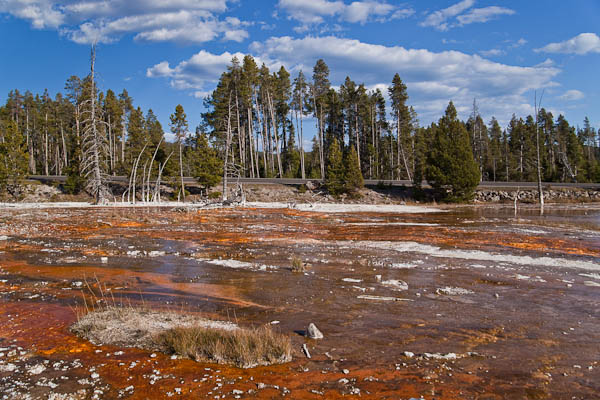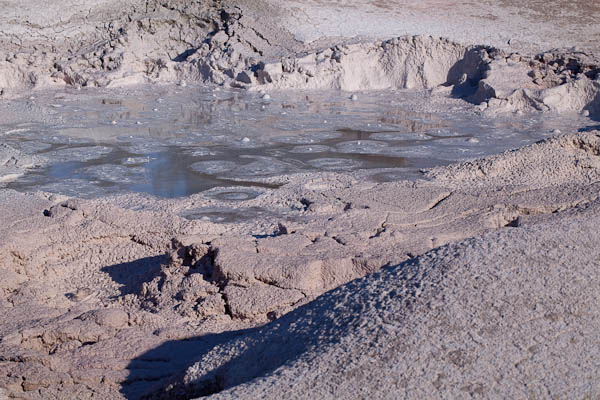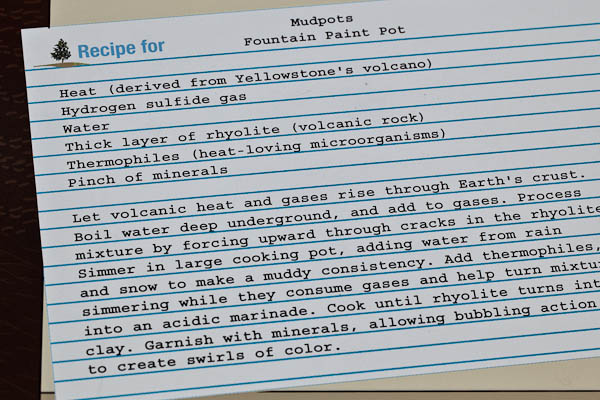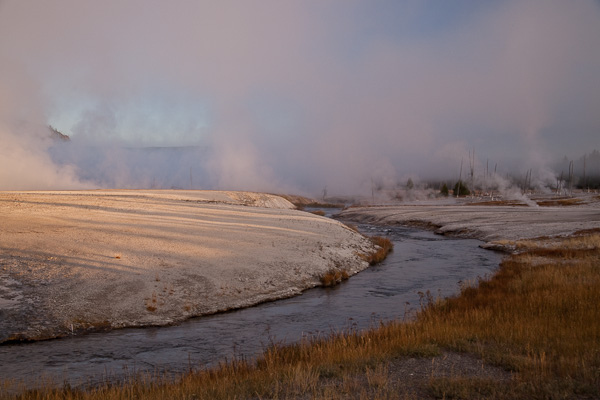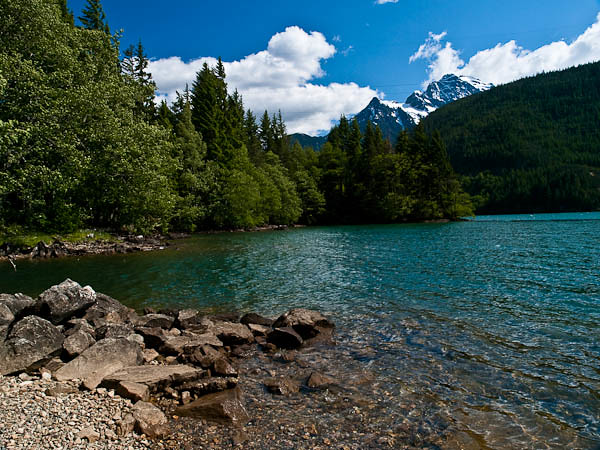So here we are back at the Fountain Paint Pot Basin in Yellowstone National Park after a brief foray into the Heartland. I don’t think I have ever taken as many photographs as I did at Yellowstone, but then I’ve never seen such a densely covered wonderland of steaming fumaroles, gurgling mud pools, and shooting geysers, all surrounded by autumn’s glorious color. After we visited Yellowstone, we went to eight more National Parks and Monuments, including Zion and the Grand Canyon, so there are many more photographs of other wonders of nature coming soon to Seeded Earth.
I figure this is a good time, anyway, to show off the beauty in the National Parks in autumn, because autumn’s color in Wisconsin is taking it on the chin with today’s weather. By nightfall, much of our autumn color will be soggy and on the ground. So, here is more from Yellowstone and beyond.
The Fountain Paint Pot Basin features several pools, a half dozen geysers, and the largest collection of “paint pots” in Yellowstone. A boardwalk makes observing these wonders not only convenient, but also safe. There are warning signs all over the park asking visitors not to leave the marked paths. Thermal areas are unstable and more than one person has suffered serious injuries when stepping on ground that collapses into a thermal feature.
Just by looking at the pools, it is hard to accurately judge their depths. Silex Spring is about 35 feet by 40 feet on the surface. The hot springs are so clear is some places, it seems as if they are only a few feet deep — misleading. Its deepest area is over 27 feet. The name “Silex” probably refers to the silica composition of the pool, though there are park historians that claim the pool was named after a gurgling coffee pot called the Silex.
When the water table is high, geysers spout quite continuously in this bacteria laden pool. When less water is available, the pool is deep brown in color from a high bacteria count, and noisy fumaroles pop along the surface. A fumarole is a geyser that does not reach the surface of the earth, so it only emits hot steam and gases above ground.
These fountain paint pots bubble on the surface. plop, plop, plop. See the recipe below which was provided on an information sign at the Paint Pots exhibit in Yellowstone.
